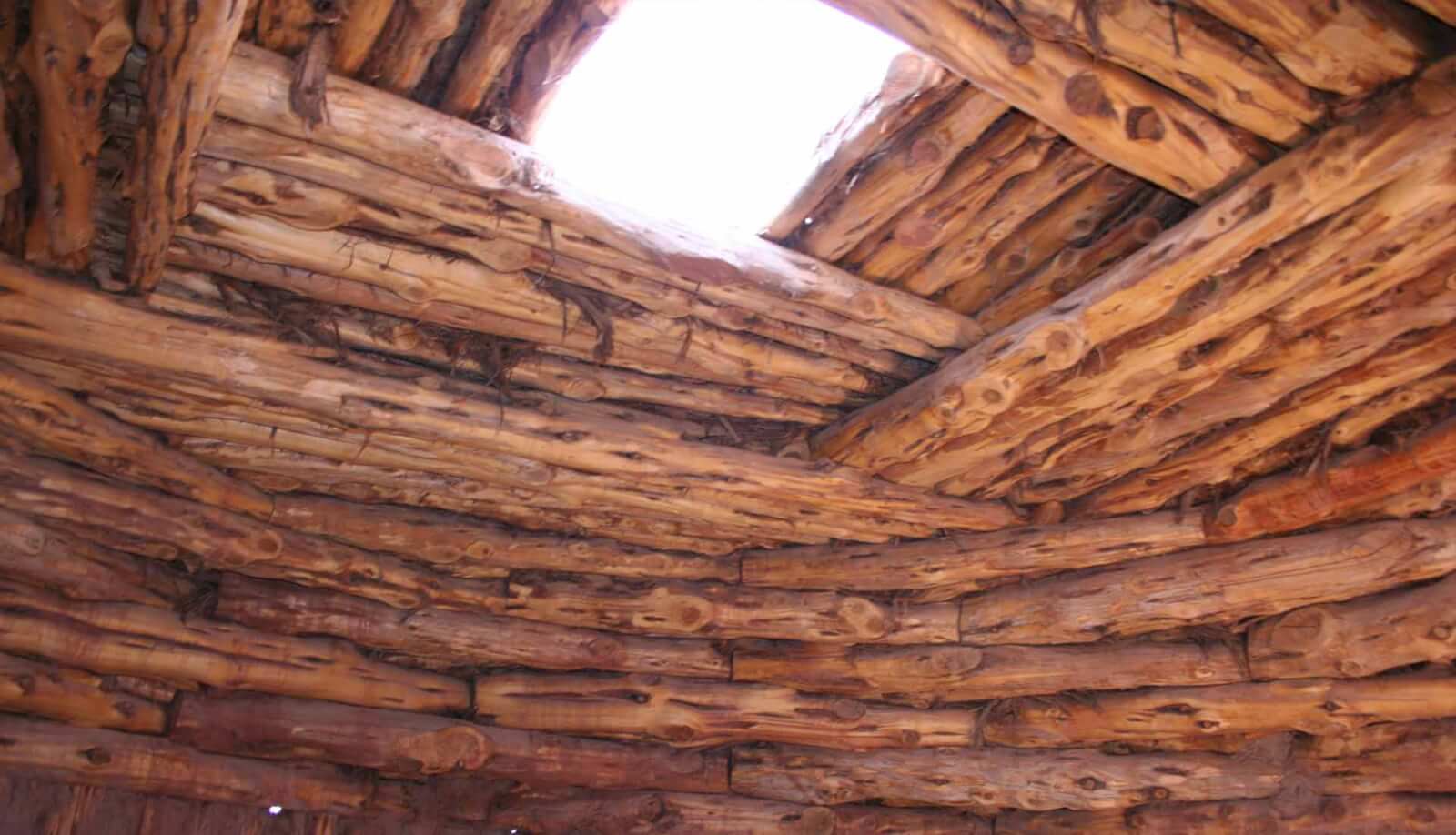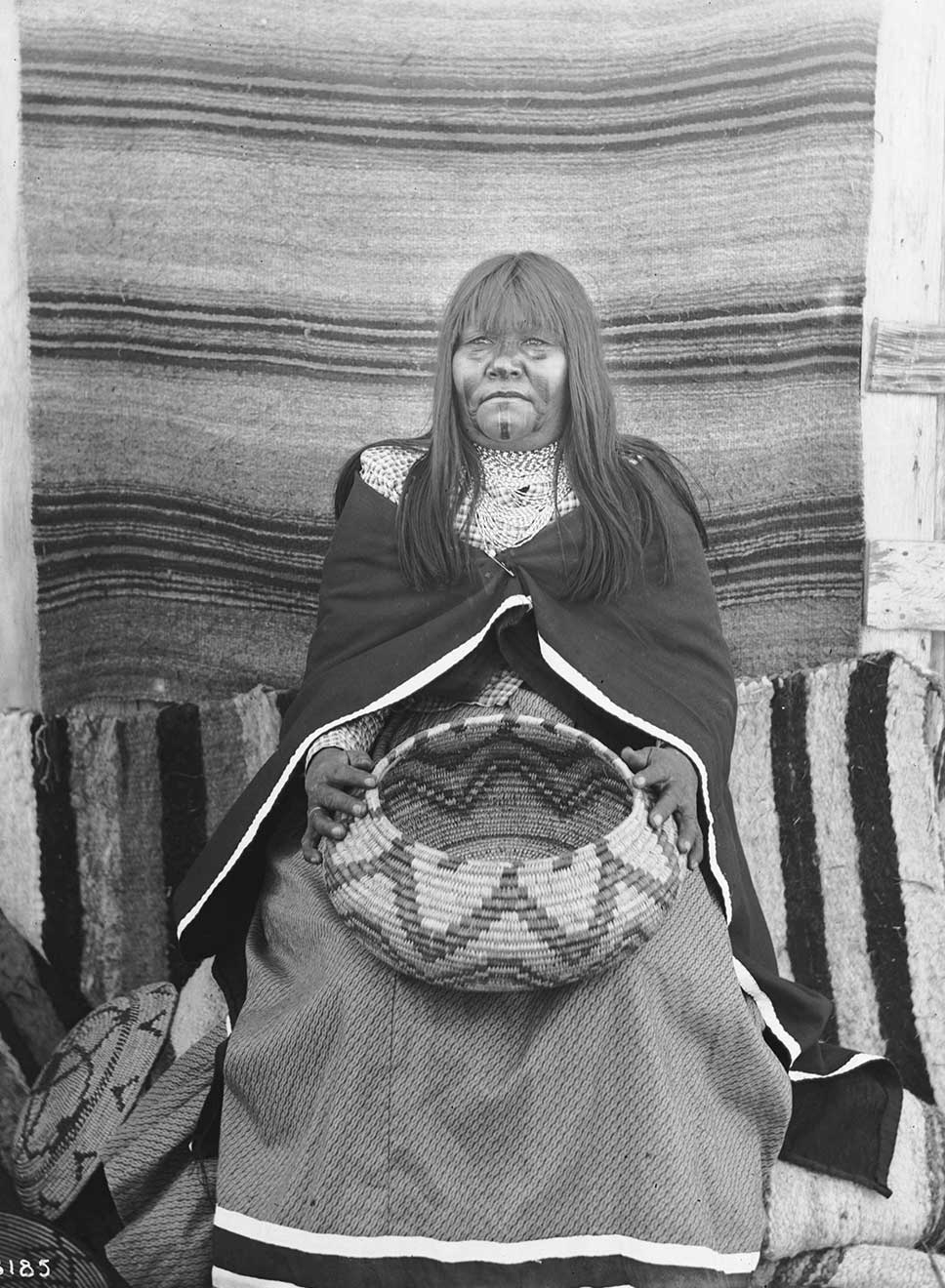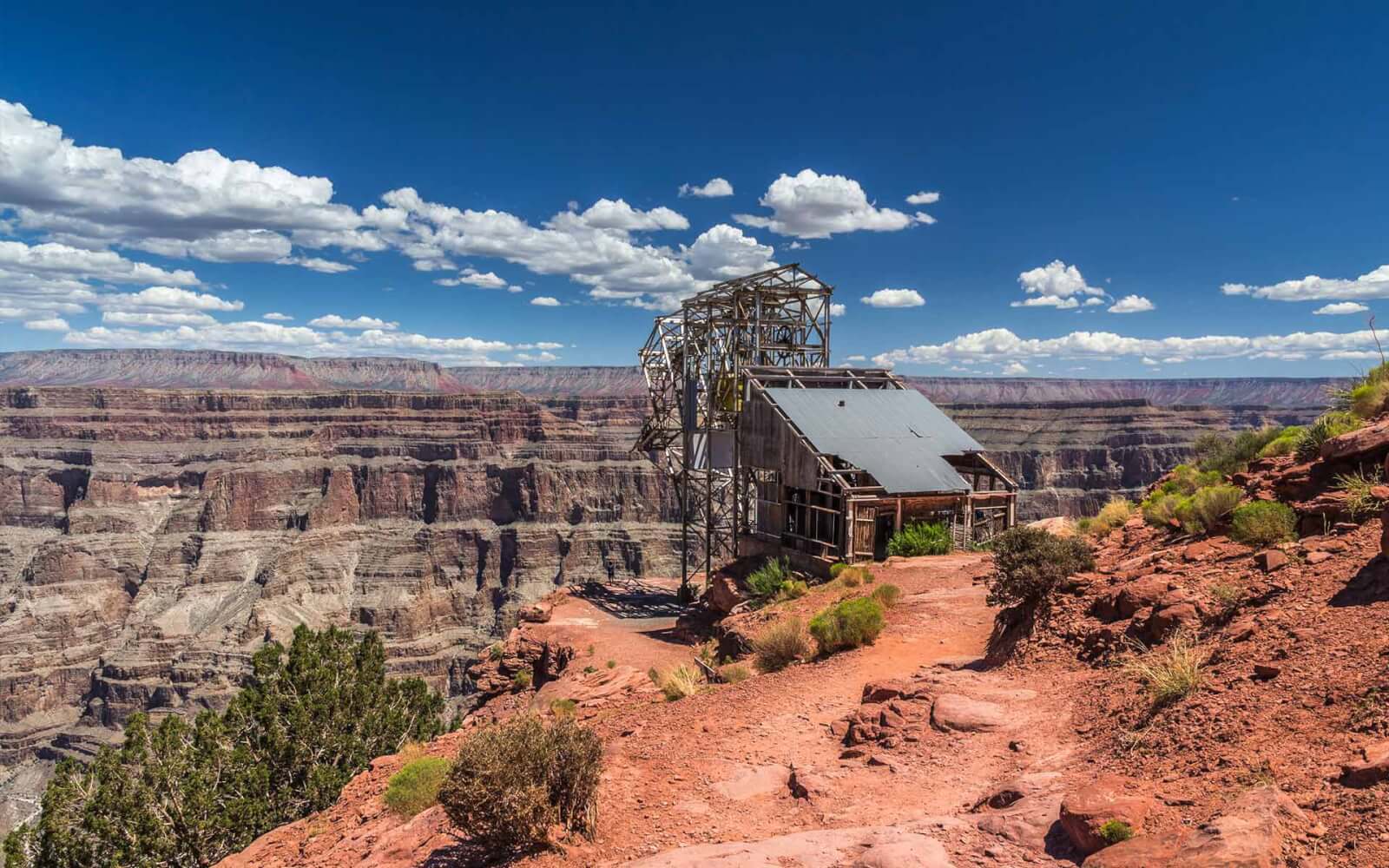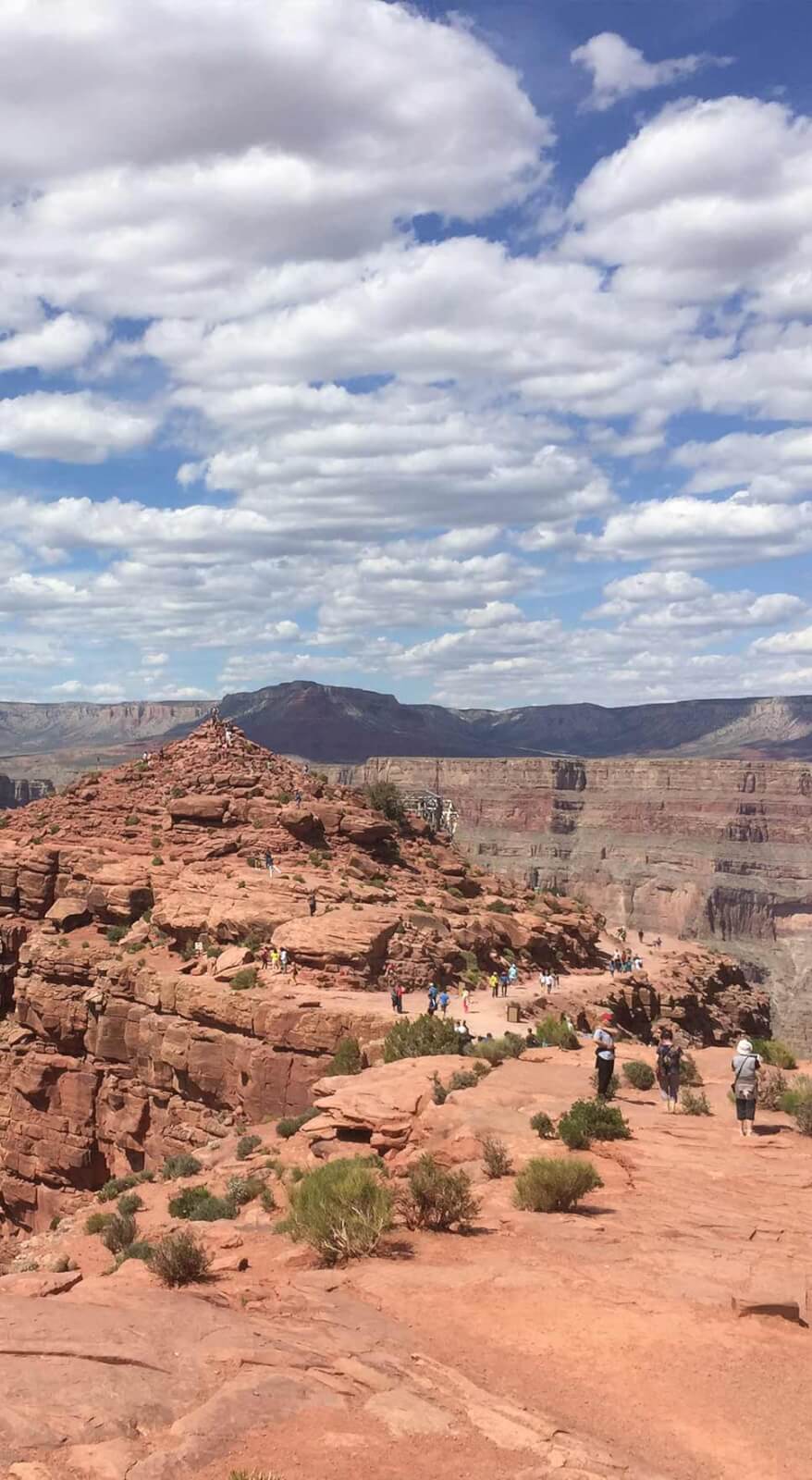
KNOWLEDGE LEADS TO BETTER UNDERSTANDING OF THE Hualapai Tribe
HUALAPAI FACT: The eagle plays an essential role in Indigenous cultures. For the Hualapai, not only did the eagle save them from the great flood, upon a Hualapai’s death, it flies their spirit to the next world at midnight.

The Hualapai people regard Grand Canyon West as more than an attraction. The Canyon and the Colorado River are living entities infused with conscious spirit. From oral stories to historical accounts, the main points of interest at the Grand Canyon each have their own stories to tell.
GRAND CANYON AND EAGLE POINT
At one point, the entity of what is now the Grand Canyon was all submerged underwater. The oral story goes that there was a big ice comet that landed in Colorado. After millions of years, the comet melted, and the water rushed through the rocks carving the Grand Canyon. The Hualapai oral story continues that a giant eagle soared the skies before the flooding started, and swooped down to save the Hualapai people. This grand eagle flew the Hualapai on his back, depositing the tribespeople along the ledge of the west rim when the flooding stopped. The eagle itself turned into stone, where it remains to this day.
When you visit Eagle Point at Grand Canyon West, you can see the eagle in the stone. While you can see it from around the Grand Canyon, the best place to view it straight on is from the middle of the Skywalk or inside the Sky View Restaurant.
SIGHT TO SEE: When you’re on the Skywalk, look to your left and try to spot the red ponytail in the Canyon. Once you zero in on her hair, you’ll see the Princess and the Horse.
QUARTERMASTER CANYON
Long before the Zipline was built at Grand Canyon West, the Hualapai were forced to take the “Long Walk to La Paz.” The Hualapai of all ages endured excruciating hikes up to fifteen miles a day, driven by soldiers. During the Long Walk to La Paz, elderly Hualapai overheard the Calvary saying they would gun the tribesmen down. The elderly told the younger generation to run back home. They ran down an old sacred trail at Quartermaster Canyon all the way to the bottom of the Canyon and evaded the military. Today, direct descendants of these brave Hualapai live on and continue to tell their stories.

When you ride the sky on the Zipline, you will arrive at the Quartermaster Viewpoint, offering breathtaking views of Quartermaster Canyon. This valley is named for a member of the Hualapai tribe who settled there in the early 20th century.

GUANO POINT AND THE VIEWS
Guano Point was the catalyst for what was to come at Grand Canyon West through an interesting discovery. In the 1930s, two men floating down the Colorado River happened to land their boat along the bank near a cave. Upon closer inspection, they discovered guano, or bat feces, a popular ingredient back then for fertilizer, dynamite, and even makeup.
After hearing more than 100,000 tons of guano were in the cave, the U.S. Guano Corporation bought the property and constructed a $3.5 million tramway system to extract it. The aerial tramway was built from the mine to what is now known as Guano Point, with the cable head-house built on land leased by the Hualapai Tribe.
By 1959, all the cave’s resources were exhausted — it turns out the predicted 100,000 tons was closer to 1,000 tons. A U.S. Air Force fighter jet crashed into the overhead cable system and permanently disabled it, never to be repaired. The remaining structures were left intact as a monument to man’s attempt to mine the Canyon. What also remained were the roads the miners built, now used for Grand Canyon West tourism buses.
For the Hualapai, Guano Point is sacred for another reason. Many Hualapai weren’t able to escape the “Long Walk to La Paz.” These tribespeople jumped off the edge to their deaths rather than be captured by the military. Hualapai call these the lost souls. When you visit the area, be sure to remember these Indigenous people’s ancestors and pay homage to their spirits.

Today, Guano Point offers one of the most dramatic viewpoints of the Grand Canyon with “Highpoint Hike” and its stunning 360-degree views of the Canyon. Visitors can climb to the top of the rocks for breathtaking views, which are the most spectacular at sunset. Guano Point is a favorite of many of the Hualapai, and those luckily enough to visit this part of the rim.
THERE IS SO MUCH TO SEE AND LEARN WHEN YOU VISIT GRAND CANYON WEST.
Grand Canyon West is a quick, easy and scenic two hour drive from Las Vegas, NV
5001 Diamond Bar Road, Peach Springs, AZ 86434



